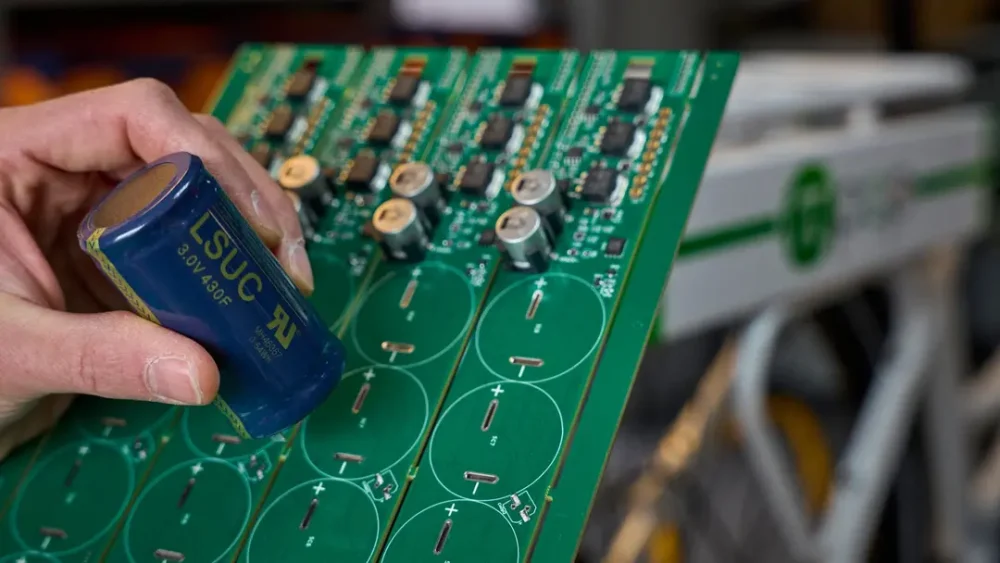A former 1980s semiconductor plant in Austin, Texas, is being transformed into a next-generation research foundry focused on 3D heterogeneous integration (3DHI), backed by a combined $1.4 billion in funding from DARPA and the state of Texas.
The facility is part of DARPA’s Next-Generation Microelectronics Manufacturing (NGMM) program and will be operated by the Texas Institute for Electronics (TIE) at the University of Texas at Austin. Unlike traditional high-volume fabs, the Austin plant is being designed as a high-mix, low-volume foundry, targeting advanced prototypes and small production runs rather than mass-market chips.
Focus On 3D Heterogeneous Integration
NGMM’s core goal is to accelerate a “revolution in microelectronics” by moving from conventional 2D chip design and silicon-on-silicon stacking to 3D integration of multiple materials and chip types in a single package.
Stacking silicon dies is already used in some high-end processors, but DARPA estimates that silicon-only stacking can deliver at most a 30× performance boost over traditional 2D designs. By contrast, integrating materials such as gallium nitride, silicon carbide, photonics, and other non-silicon semiconductors into 3DHI structures could unlock 100× performance gains for applications in defense systems, AI acceleration, and high-performance computing.
The Austin fab will focus on prototyping and early manufacturing of these unconventional multi-material stacks, entirely within the United States, giving startups, defense contractors, and research groups access to advanced packaging capabilities typically unavailable in standard commercial fabs.
$1.4 Billion In Funding And A Startup Mindset
The state of Texas is contributing $552 million, while DARPA is investing $840 million under NGMM. The program is planned as a five-year effort, after which the foundry is expected to transition into a self-sustaining commercial operation serving both government and industry customers.
“We are, frankly, a startup,” said Dwayne LaBrake, CEO of the Texas Institute for Electronics. “We have more runway than a typical startup, but we have to stand on our own.”
TIE expects all major tools for the 3DHI line to be installed by the first quarter of 2026. Beyond the physical equipment, a key task will be developing the process design kit (PDK) and assembly design kit (ADK) that define how designers can build and assemble 3D heterogeneous stacks using the fab’s capabilities.
Because non-silicon wafers often differ in size and thermal behavior, building predictable, repeatable 3D processes is a major challenge. To help with this, the foundry will use AI-driven process modeling from Austin-based startup Sandbox Semiconductor to reduce trial-and-error and speed up development.
Demonstrator Projects And Research Opportunities
To validate its process flows, NGMM will run three initial 3DHI “exemplar” projects through the line:
- A phased-array radar
- An infrared focal plane array
- A compact power converter
These demonstrators are designed to exercise different aspects of the 3DHI stack and provide a roadmap for broader applications once the fab is fully operational.
The project will also support academic and industrial research into new thermal interface materials, microfluidic cooling, advanced packaging reliability, and failure mechanisms in complex 3D stacks, involving universities such as UT Austin and UT Dallas.
DARPA officials note that NGMM is an unusual move for the agency, which typically funds technologies rather than standing up manufacturing facilities. But with 3D heterogeneous integration seen as critical to future U.S. capabilities in defense, AI, and high-performance computing, the Austin foundry is intended to help bridge the long-standing “lab-to-fab” gap for advanced microelectronics.


